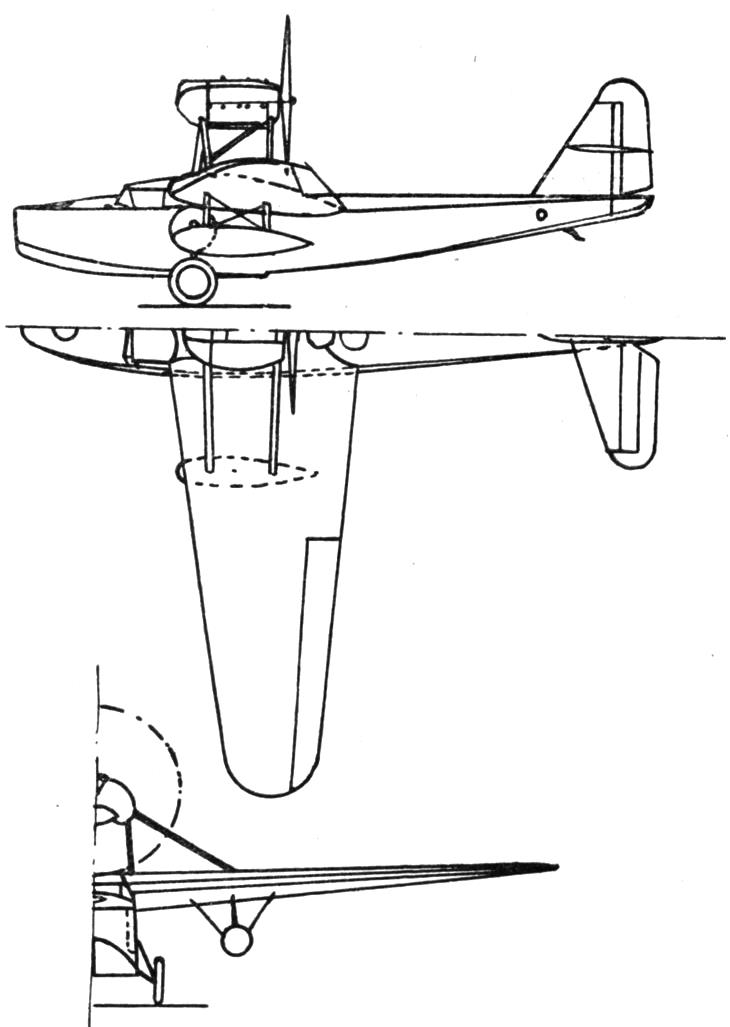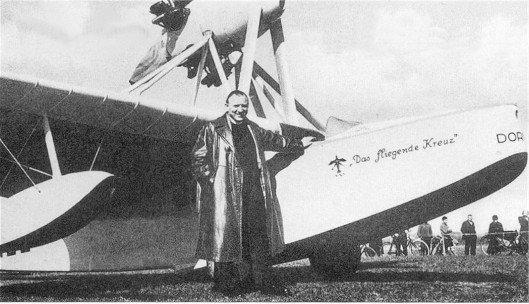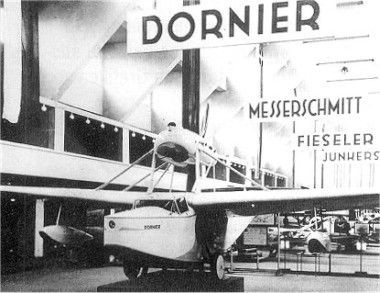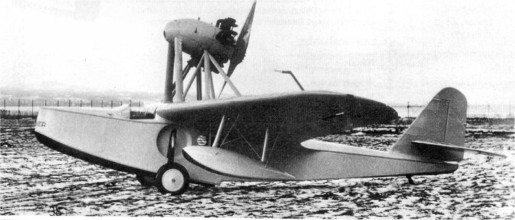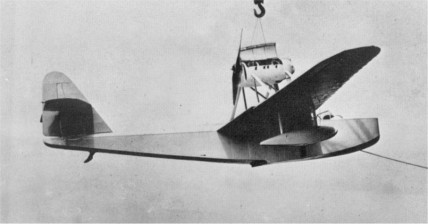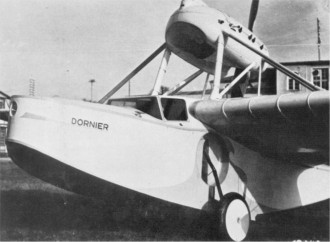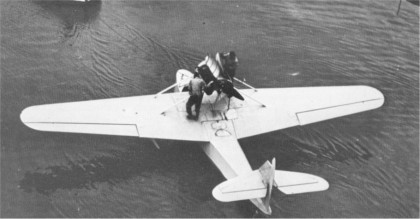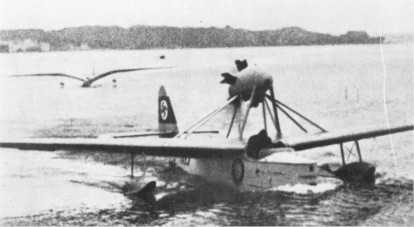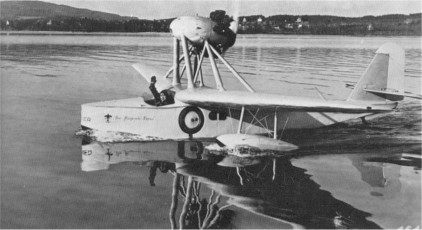| Type |
2 - 4 seat amphibie flying boat |
| Engine |
1 Argus As 10 |
1 Gnôme-Rhône Titan 5 Ke |
| Dimensions |
Length 9.00 m, height 4.20 m, span 13.00 m, wing area 28.00 m2 |
| Weights |
Empty , loaded , max. take off weight |
Empty 1075 kg, flying weight 1400 kg |
| Performance |
Max.. speed , cruising speed , range , endurance , service ceiling , climb |
Max. speed 210 km/h, cruising speed 170 km/h,range 580 km, service ceiling 5100 m, landing speed 80 km/h |
| Type |
Werk.Nr |
Registration |
History |
|
235 |
D-INEZ |
First flight 23/6 1932. First flown with Argus As 10 engine but after the DELA exhibition changed to Gnôme-Rhône Titan 5 Ke engine. In 1935 it was sold to the MIVA (Missions-Verkehrs-Arbeitsgemeinschaft) with thr famous "Flying Priest" Peter Schulte as pilot. It was named "Das Fliegende Kreuz". In 1936 DFS used the aircraft for towing trials at the Bodensee, towing the "Seeadler" |
The Dornier Do 12 Libelle III ("Dragonfly III") was the third of a line of small German flying boats of the 1930s. It started with the Dornier A Libelle I and the Dornier A Libelle II, though the Do 12 was not a continuation, but an entirely new aircraft.
The aircraft was amphibious and would carry three to four passengers. It was powered by a single Argus As 10 engine initially, then a Gnome-Rhône 5Ke Titan engine, mounted above the wing. It first flew in 1932 and went on to be used by the DFS to tow gliders.
The Do 12 was a high-wing monoplane, of usual Dornier all-metal construction, with a two-spar, trapezoidal wing, whose trailing edge was very strongly rounded at the root. The fuselage was of rectangular cross-section.
A storage area was in the nose, where equipment, including anchors, could be kept. Behind it, the open cockpit had two side-by-side seats, with optional dual controls. In the cabin, there were two more seats and a storage area, which could also be fitted with bunks for sleeping. Between the cockpit and cabin were nacelles which accommodated the retracted undercarriage wheels, a first for Dornier, which were lowered or raised manually by a crank. The engine sat on a stand high above the wing, alongside two fuel tanks, in pusher configuration.
From the first flight on 23 June 1932, and in the further course of testing, it was obvious that the Argus engine was underpowered, making takeoff distances substantially too long. However, financial difficulties in the company meant that fitting the stronger Gnome-Rhône Titan 5Ke took some time.
Father Paul Schulte, a missionary known as the "Flying Priest", used the Do 12 "D-INEZ" for many years and in his various books it plays an important role.
